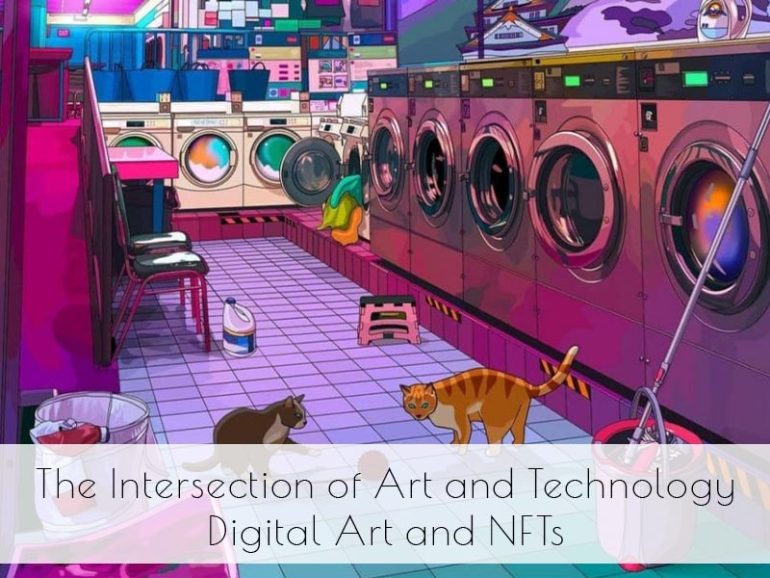The fusion of art and technology has given rise to new forms of creativity and expression, most notably through digital art and NFTs (Non-Fungible Tokens). These innovations have transformed how art is created, shared, and sold, opening up exciting opportunities for artists worldwide.
Digital art began to emerge in the late 20th century as computers and graphic software became more accessible. Early pioneers like Harold Cohen, who developed the AARON program to create computer-generated art, laid the groundwork for this burgeoning field. The 1980s saw the rise of pixel art and the use of computers to create intricate designs and animations.
As technology advanced, so did the capabilities of digital art. The 1990s and 2000s introduced more sophisticated software like Adobe Photoshop and Corel Painter, allowing artists to experiment with new techniques and styles. The advent of tablets and styluses further revolutionized digital art, providing a more natural and intuitive way to create.
Today, digital art encompasses a wide range of styles and mediums, from intricate digital paintings and 3D models to immersive virtual reality experiences. Artists like Beeple, whose work “Everydays: The First 5000 Days” sold for a record-breaking $69 million as an NFT, demonstrate the immense potential and reach of digital art in the contemporary art world.
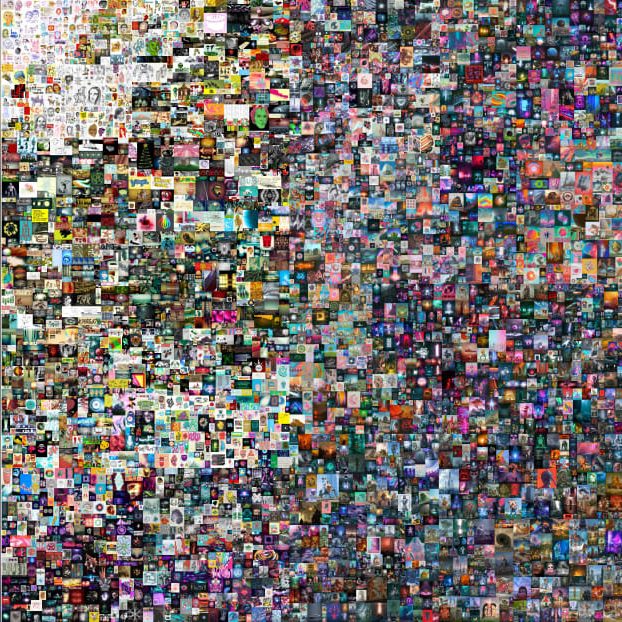
Introduction to NFTs and Their Impact on the Art Market
NFTs, or Non-Fungible Tokens, are unique digital assets that represent ownership of a specific piece of content, such as artwork, music, or video. Unlike traditional cryptocurrencies like Bitcoin, NFTs are indivisible and cannot be exchanged on a one-to-one basis, making each NFT distinct.
The rise of NFTs has significantly impacted the art market by providing a new platform for artists to monetize their digital creations. Artists can sell their works directly to collectors through online marketplaces like OpenSea, Rarible, and Foundation. This direct-to-collector approach has democratized the art market, allowing artists from all over the world to reach a global audience without the need for traditional galleries or intermediaries.
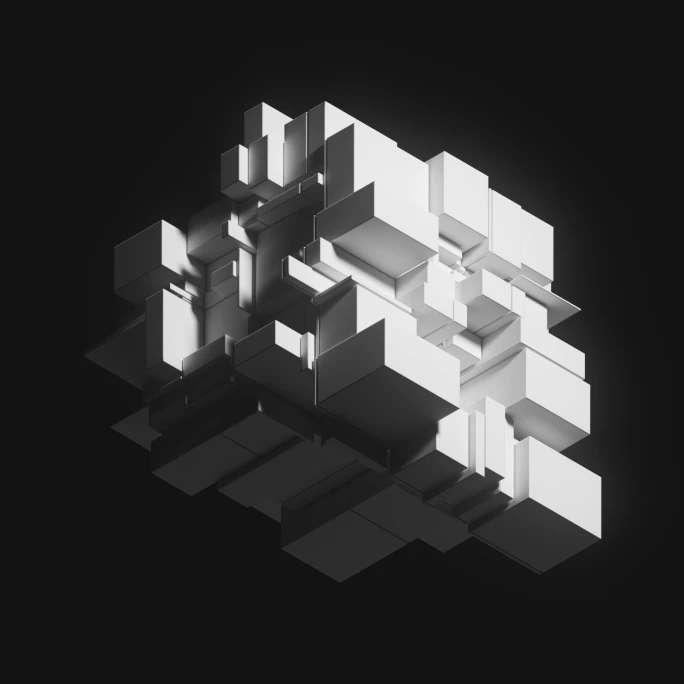
Notable NFT artists include Beeple, whose digital collage “Everydays: The First 5000 Days” made headlines, and Pak, who created “The Fungible Collection,” a series of NFTs that explore the concept of digital value. These ground breaking sales have not only highlighted the financial potential of NFTs but also sparked debates about the future of art ownership and distribution.
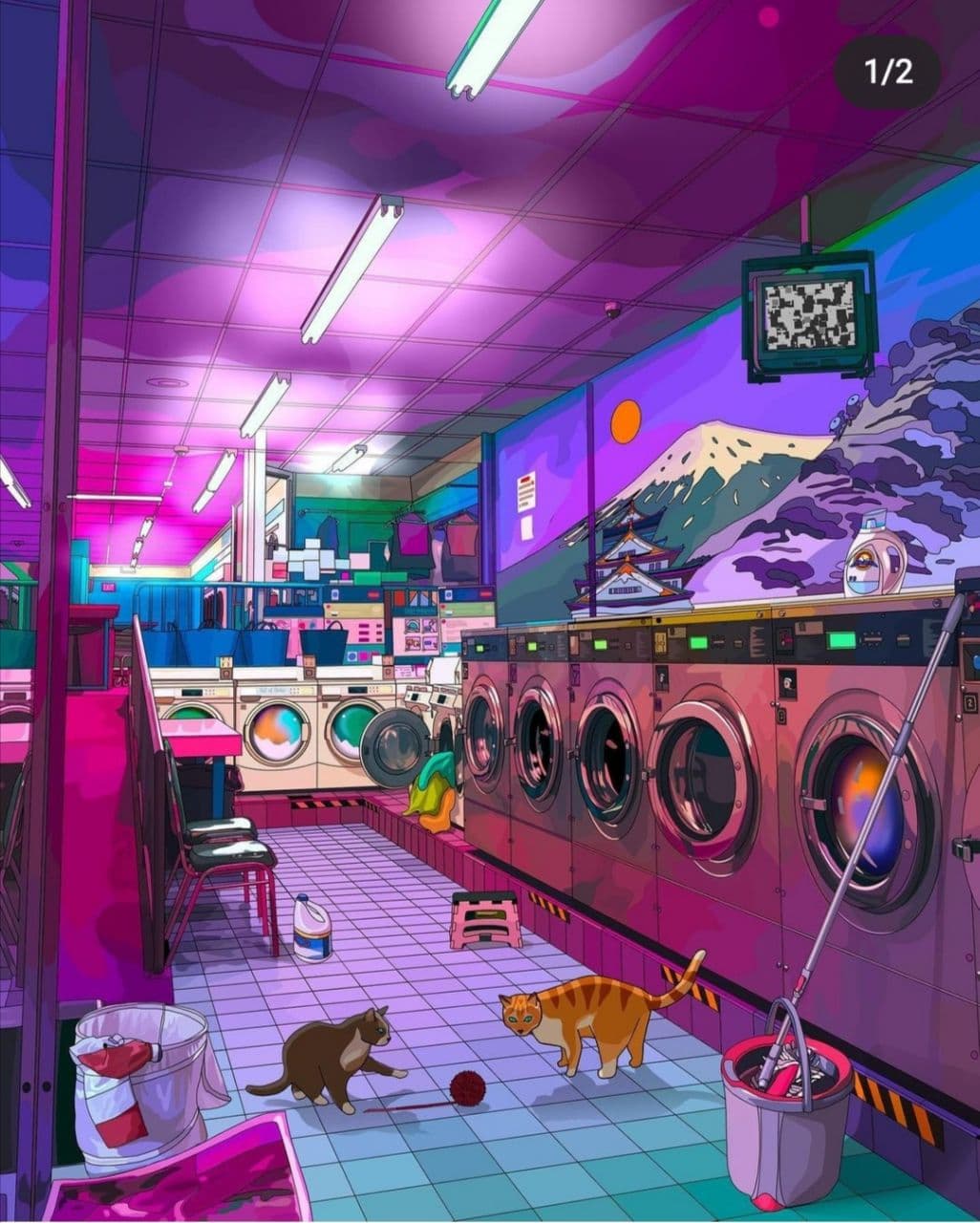
Tools and Software for Aspiring Digital Artists
For those interested in diving into digital art, there are numerous tools and software available, catering to both beginners and advanced artists. Here are some popular options:
- Adobe Photoshop: A versatile and powerful tool for digital painting, photo editing, and graphic design. It offers a wide range of brushes and tools to create detailed and intricate artworks.
- Procreate: An intuitive and user-friendly app for iPad users, Procreate is popular among digital illustrators for its smooth interface and extensive brush library. It’s an excellent choice for those who enjoy drawing and painting on the go.
- Corel Painter: Known for its realistic brush textures and natural media tools, Corel Painter is ideal for artists looking to replicate traditional painting techniques in a digital environment.
- Blender: A free and open-source 3D creation suite, Blender is perfect for artists interested in 3D modeling, animation, and rendering. Its robust features make it a go-to tool for creating detailed and complex 3D art.
- Krita: A free, open-source painting program that is particularly good for concept art, texture and matte painting, and illustrations. It’s a great alternative for those who want professional-grade tools without the cost.
To develop skills in digital art, artists should practice regularly, explore different styles and techniques, and engage with online communities. Platforms like ArtStation and DeviantArt provide opportunities to showcase work, receive feedback, and connect with other artists.
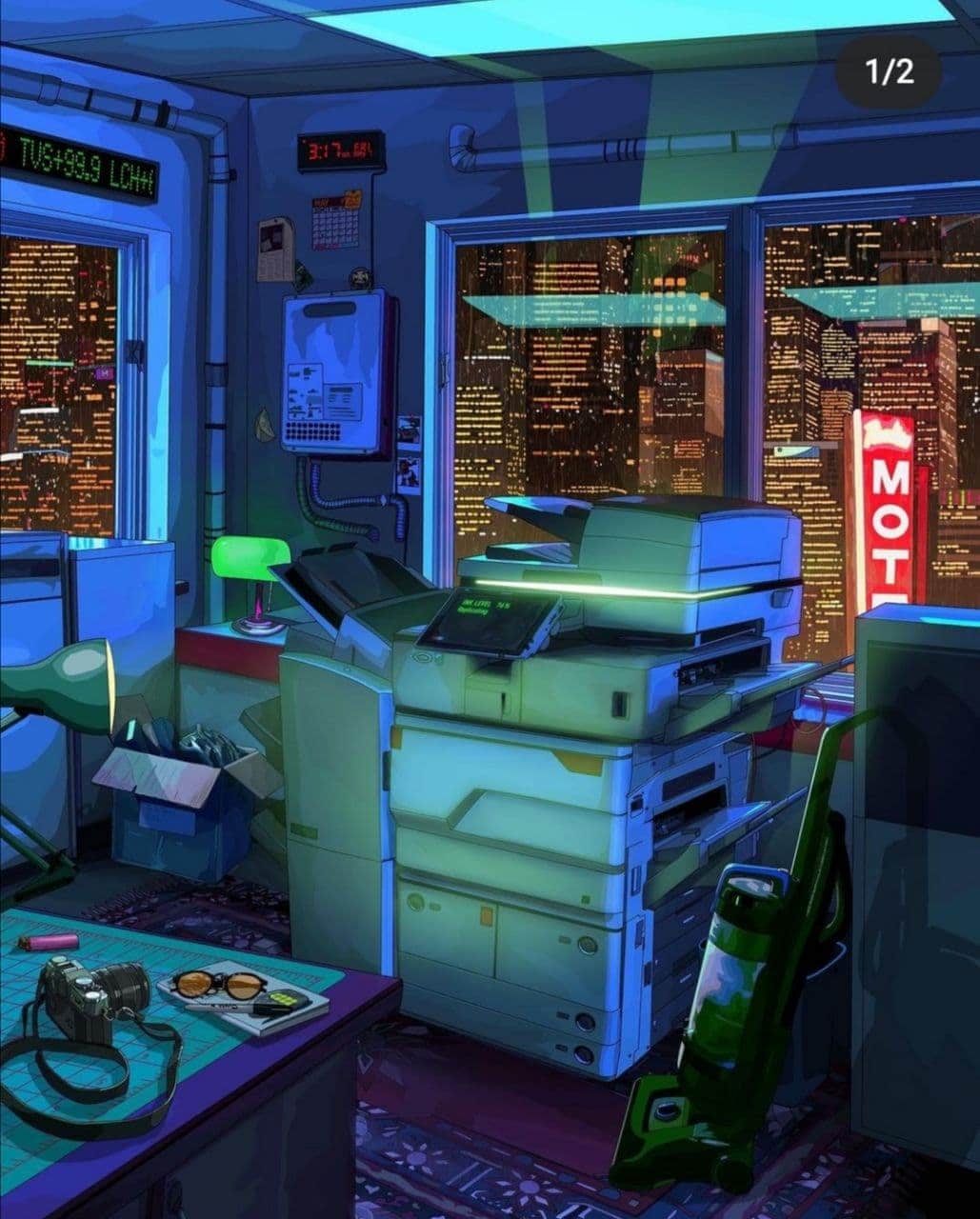
The intersection of art and technology through digital art and NFTs represents a dynamic and evolving landscape that offers endless possibilities for creativity and innovation. By understanding the evolution of digital art, exploring the potential of NFTs, and utilizing powerful tools and software, art students can expand their horizons and find new ways to express themselves. As technology continues to advance, the future of art promises to be even more exciting and transformative.
If you would like to receive a roundup of all of our blog posts once a week to keep you inspired in your inbox, why not sign up to our newsletter. You can access our sign up at the top of our page. If you are a London Art College student and you would like your artwork featured here, drop us a line at any time.

